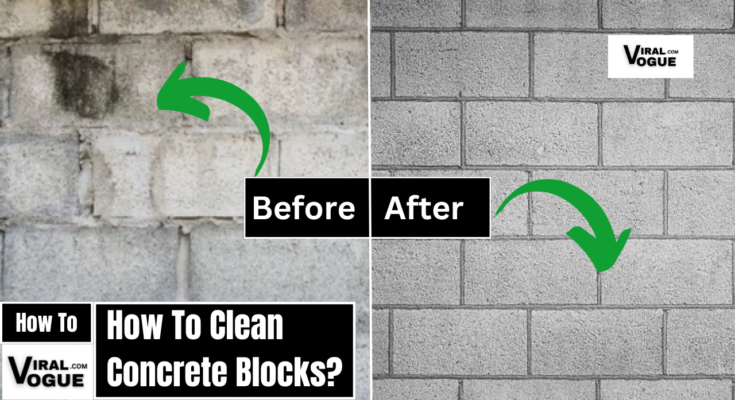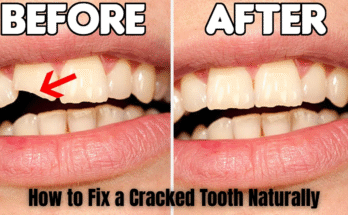How To Clean Concrete Blocks? A Step-By-Step Practical Tutorial
Cleaning concrete blocks can restore their appearance, prevent long-term damage, and extend their lifespan. Whether your blocks are part of a wall, patio, driveway, or garden feature, this guide breaks down the process into simple, actionable steps. Let’s get started!
Tools & Materials For Cleaning Concrete Blocks:
Here is the detailed table of all the materials required for cleaning concrete blocks:
| Category | Items |
|---|---|
| Safety Gear | Heavy-duty gloves, safety goggles, respirator mask, long sleeves/pants. |
| Cleaning Tools | Stiff-bristle nylon brush, push broom, garden hose, pressure washer (optional), plastic scraper, bucket, sponge. |
| Cleaning Solutions | Dish soap, white vinegar, oxygen bleach, commercial concrete cleaner, muriatic acid (for severe cases), baking soda, degreaser. |
| Optional | Concrete sealer, plastic sheeting (to protect plants), rust remover. |
People Also Visit: How to Clean Concrete Block Machines – Video Guide
Step 1: Wear Safety Kit
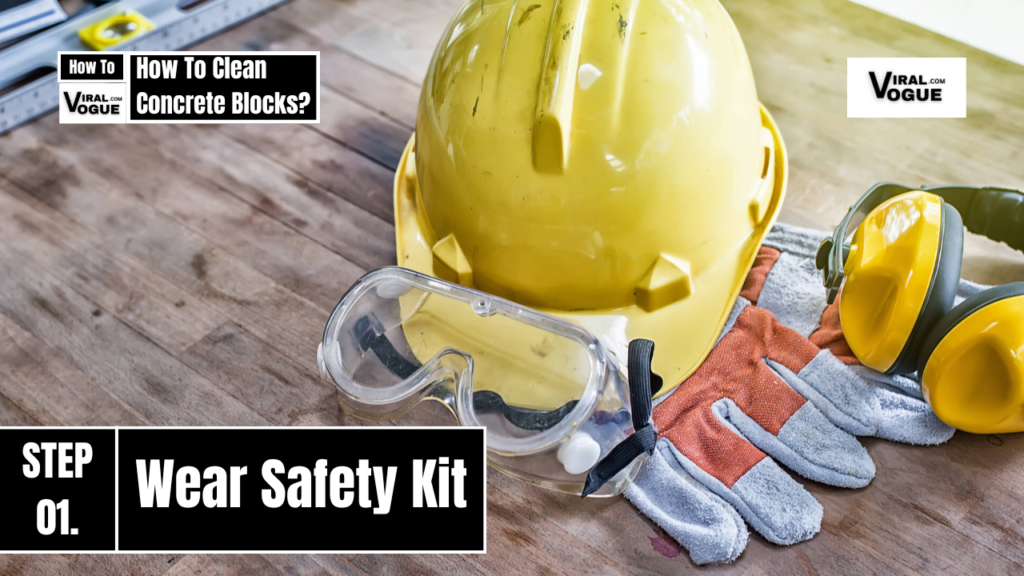
- Wear Protective Gear: Concrete dust and cleaning chemicals can irritate skin and lungs. Always wear gloves, goggles, and a mask.
- Ventilate the Area: If working indoors or in an enclosed space, open windows or use fans.
Step 2: Prepare the Work Area
- Clear the Blocks: Remove furniture, plants, or decorations near the blocks.
- Protect Surroundings: Cover plants, grass, or delicate surfaces with plastic sheeting if using harsh chemicals.
- Test Cleaners: Apply your chosen cleaner to a small, hidden area to check for discoloration or damage.
People Also Visit: How To Remove Black Stains From Teeth? 10 Effective Ways
Step 3: Dry Clean the Blocks
- Sweep Away Loose Debris: Use a stiff push broom to remove dirt, leaves, cobwebs, or loose efflorescence (white, powdery mineral deposits).
- Scrape Stubborn Buildup: Gently use a plastic scraper to chip off dried mud, paint splatters, or thick debris.
Step 4: Pre-Rinse with Water
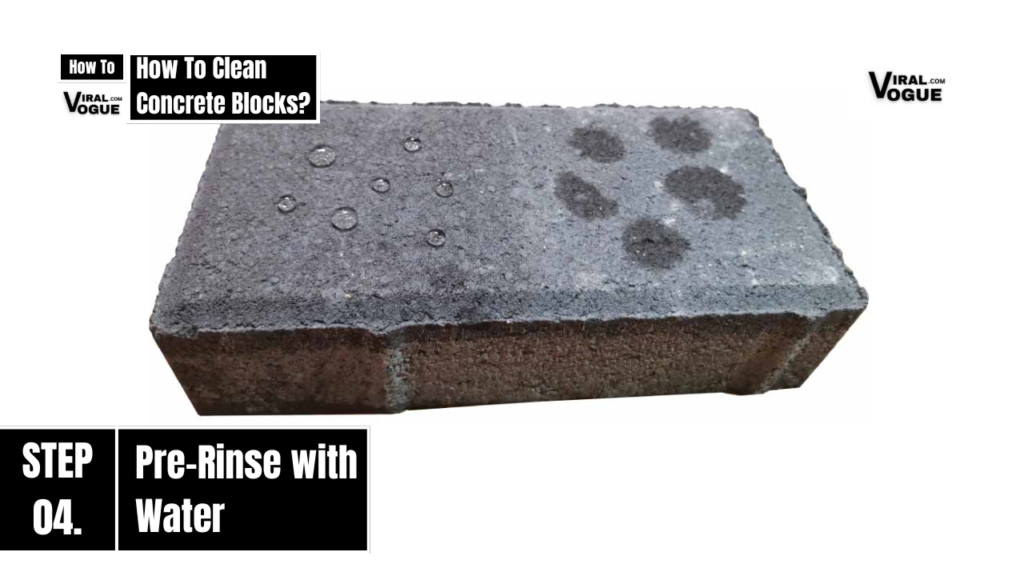
- Spray with a Hose: Soak the blocks thoroughly to loosen grime.
- Pressure Washer Tip: If using a pressure washer, keep it on a low setting (500–800 PSI) and hold the nozzle 12–18 inches away. High pressure can erode concrete or damage mortar joints.
Step 5: Apply the Right Cleaner
Match the solution to the type of stain:
A. General Dirt or Mildew
- Mix: 1/4 cup dish soap + 1 gallon warm water.
- Apply: Scrub with a stiff brush, rinse thoroughly.
B. Efflorescence (White Mineral Deposits)
- Mild Case: 1:1 white vinegar and water. Scrub, rinse.
- Severe Case: Use a commercial efflorescence remover or diluted muriatic acid (1 part acid to 10 parts water). Always add acid to water, not vice versa!
C. Oil or Grease Stains
- Paste: Mix baking soda with water to form a thick paste. Apply, let sit 30 minutes, scrub, rinse.
- Heavy Stains: Use a commercial degreaser.
D. Mold or Moss
- Safe for Colored Blocks: Oxygen bleach + water (follow package instructions).
- Plain Concrete: Mix 1 cup bleach + 1 gallon water. Avoid bleach on colored blocks—it can fade them!
Step 6: Scrub the Blocks
- Work in small sections (3×3 feet).
- Dip your brush or sponge into the cleaning solution.
- Scrub in circular motions, focusing on stained areas.
- Let the solution sit for 5–10 minutes (except acid-based cleaners, which work faster).
Step 7: Rinse Thoroughly
- Use a garden hose or pressure washer to rinse off all cleaner residue.
- Why This Matters: Leftover soap or chemicals can attract dirt or weaken the concrete over time.
Step 8: Tackle Stubborn Stains
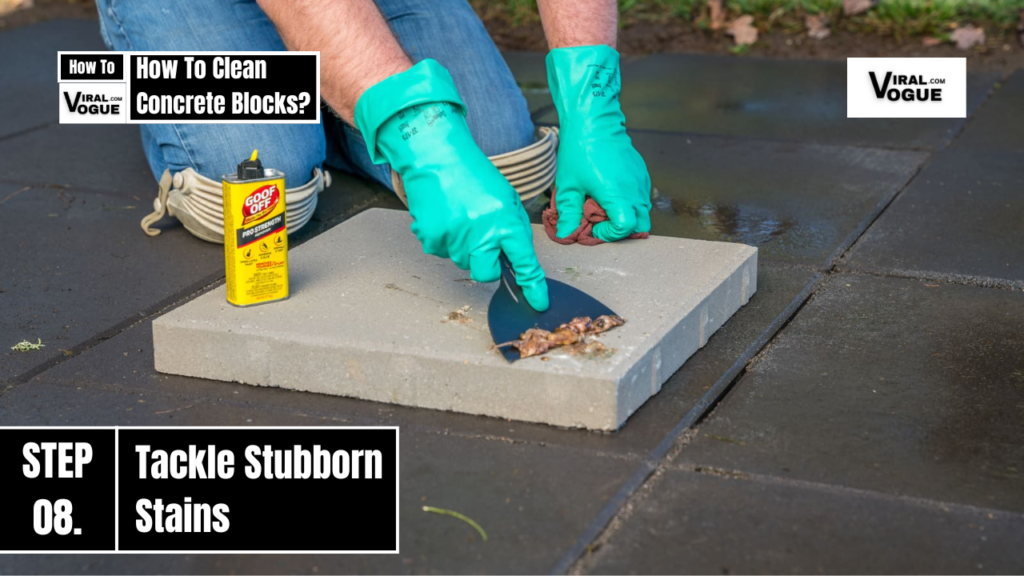
- Rust Stains: Use a commercial rust remover designed for concrete.
- Graffiti: Apply a graffiti remover or acetone (test first).
- Persistent Efflorescence: Repeat cleaning or consult a professional if deposits return frequently (this may indicate a moisture issue).
Step 9: Dry the Blocks
- Let the blocks air-dry completely (24–48 hours).
- Do Not Seal Wet Blocks: Trapped moisture leads to mold or efflorescence.
Our Latest Blog From Celebs: Taylor Fritz Age, Height, Wife, Net Worth, Salary, & Many More
Step 10: Apply a Concrete Sealer (Optional)
- Choose a Sealer: Use a breathable, penetrating sealer for outdoor blocks. Avoid film-forming sealers—they can trap moisture.
- Apply Evenly: Follow the manufacturer’s instructions. Typically, use a roller or sprayer in thin, even coats.
Summary:
Here are the 10 simplest steps on How To Clean Concrete Blocks?
- Step 1: Wear Safety Kit
- Step 2: Prepare the Work Area
- Step 3: Dry Clean the Blocks
- Step 4: Pre-Rinse with Water
- Step 5: Apply the Cleaner
- Step 6: Scrub the Blocks
- Step 7: Rinse Thoroughly
- Step 8: Tackle Stubborn Stains
- Step 9: Dry the Blocks
- Step 10: Apply a Concrete Sealer (Optional)

